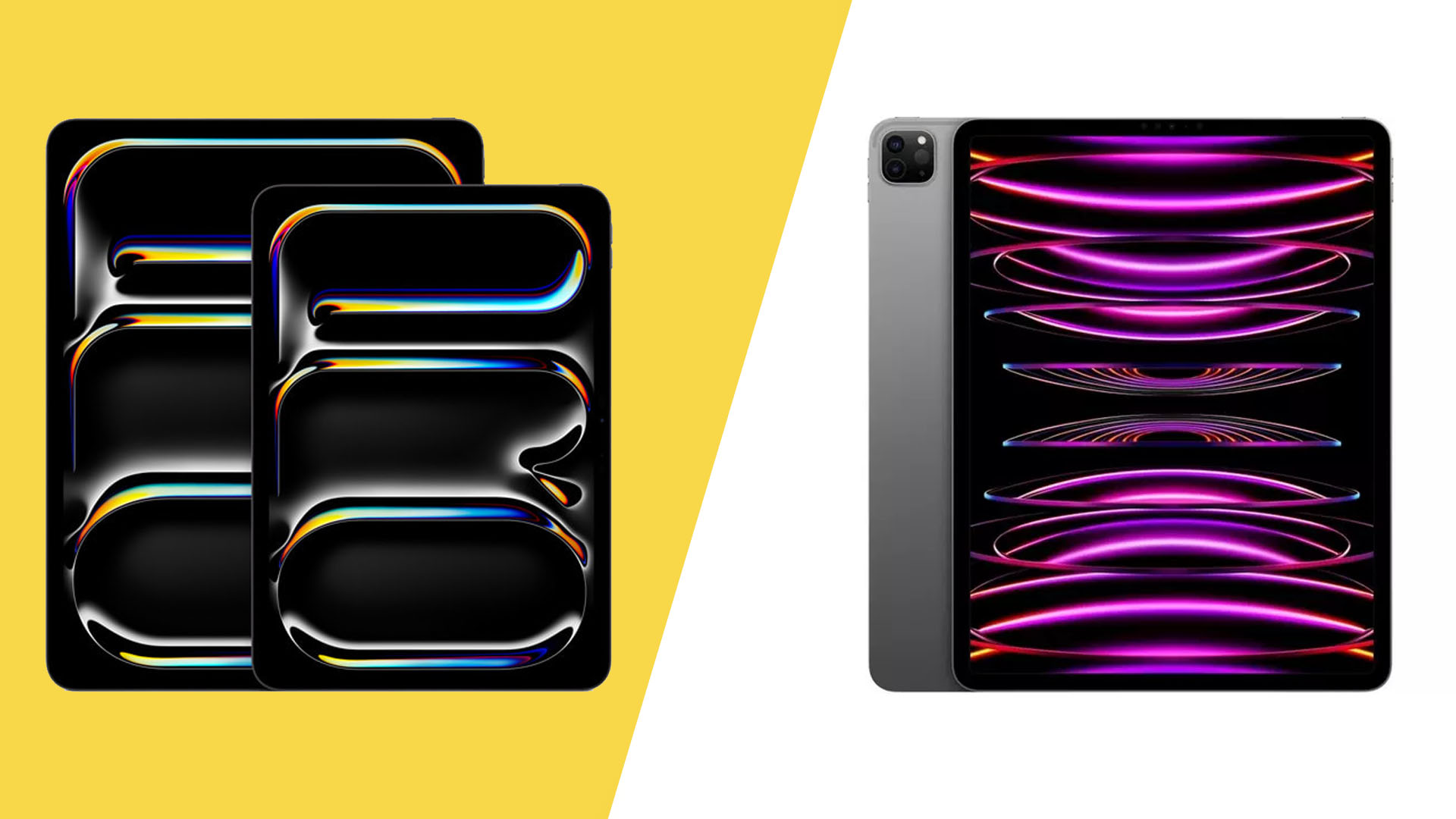
The next biggest thing
The newly upgraded iPad Pro M4 is an absolute beast. It brings the M4 chip to the table, skipping the M3, and Apple has created a whole new display technology so that its new OLED screen can be as bright as possible while retaining incredible black levels. It's more expensive this time around, but it is an absolute stunner of a tablet.
No slouch
When it came out, the M2 iPad Pro was one of the most powerful tablets that money could buy. Even now, while it has been usurped by the iPad Pro M4 for raw power, it still presents some excellent value for money with prices that will inevitably drop now that the new model has come out. It might not have the edge anymore, but there are still plenty of reasons to buy one.
There’s been a seismic shift in the iPad landscape. Apple gave the iPad Pro family OLED screens for the very first time in 2024. And they aren’t just any old OLEDs either — more on that later.
To add to that, the 2024 iPad Pros are the first devices to get Apple’s new M4 chipsets, beating even the MacBook laptops to the punch.
This is a pretty special upgrade. But how much better are the 2024 OLED iPad Pros than the 2022 M2 iPad Pro tablets? And should those who spent a small fortune on an older iPad Pro really consider upgrading already?
It’s older versus OLED in today’s deathmatch. We’re going to break this one into the key aspects of tablet use, from the display tech to the changes made to the official accessories Apple sells for these killer tablets.
Specs
Design
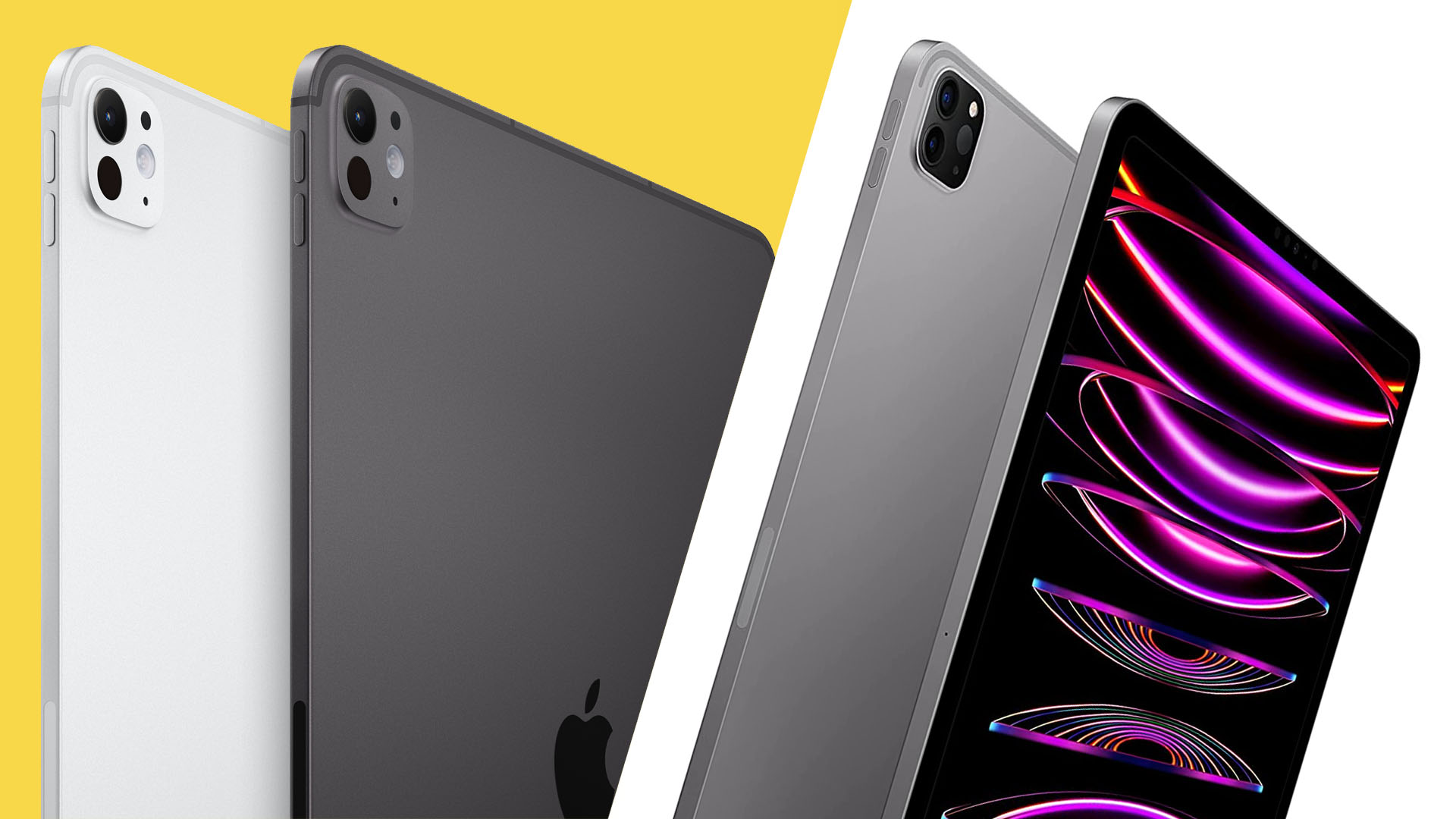
The 2024 iPad Pro is not a major stylistic departure from the 2022 model. But if you plan on upgrading from the old 12.9-inch version to the new 13-inch one, you will notice a big change.
Apple’s latest large-screen iPad Pro is incredibly thin and remarkably light. It’s just 5.1mm thick, making it Apple’s "thinnest product ever," apparently. And at 579g it’s extremely light for such a big tablet. The older version is 682g, 103g heavier.
Given we typically see changes of just a handful of grams between generations, this is a massive change.
There’s much less of a major shift in the 11-inch iPad Pro line. While the new one is a trim 5.3mm thick, the old version was already lithe at 5.9mm.
Predictably, then, the weight difference is not as dramatic either. Apple has shaved off 22g, taking us from 466g to 444g in the Wi-Fi variants. It’s a nice weight saving, but nothing like the bigger version.
In other dimensions, there’s barely anything in it. Handling will be similar to the last models, bar those weight-saving benefits. And the other key visual difference is the camera housing on the back is now color-matched to the casing.
Processor

Apple’s 2024 iPad Pro has a processor two generations on from the 2022 iPad Pro. The new one has an Apple M4, the oldie an Apple M2.
Crucial numbers include a 1.5x CPU power increase, a graphics chipset up to four times faster in certain situations, and a much faster AI neural chipset. Apple even claims the M4 chip can match the power of the M2 while using half the power.
These numbers are likely only told up in certain scenarios. There’s not even a slight chance the 2024 iPad Pro is going to see your gaming frame rates quadruple in real terms — apart from perhaps in situations where new tech like ray tracing support gets involved.
However, we are seeing a healthy general performance improvement. As Apple stressed during the launch, the Apple M4 chipset is what enables this new generation’s design: that super-skinny shape. There’s also improved cooling inside apparently, using graphite sheets and copper behind the Apple logo for more effective heat dispersal.
There’s an important added element to note here, though. You only get the most impressive version of the Apple M4 in the iPad Pro if you buy the 1TB or 2TB version. Lower storage models have 9-core CPUs, to the 10-core of the priciest specs.
That final 10th core is also a “performance” core rather than an efficiency one, so it will whittle away some of that 1.5x increase in power. All specs have the same 10-core GPU and 16-core AI neural processor, so the generational benefits for gaming aren’t in question here.
Display
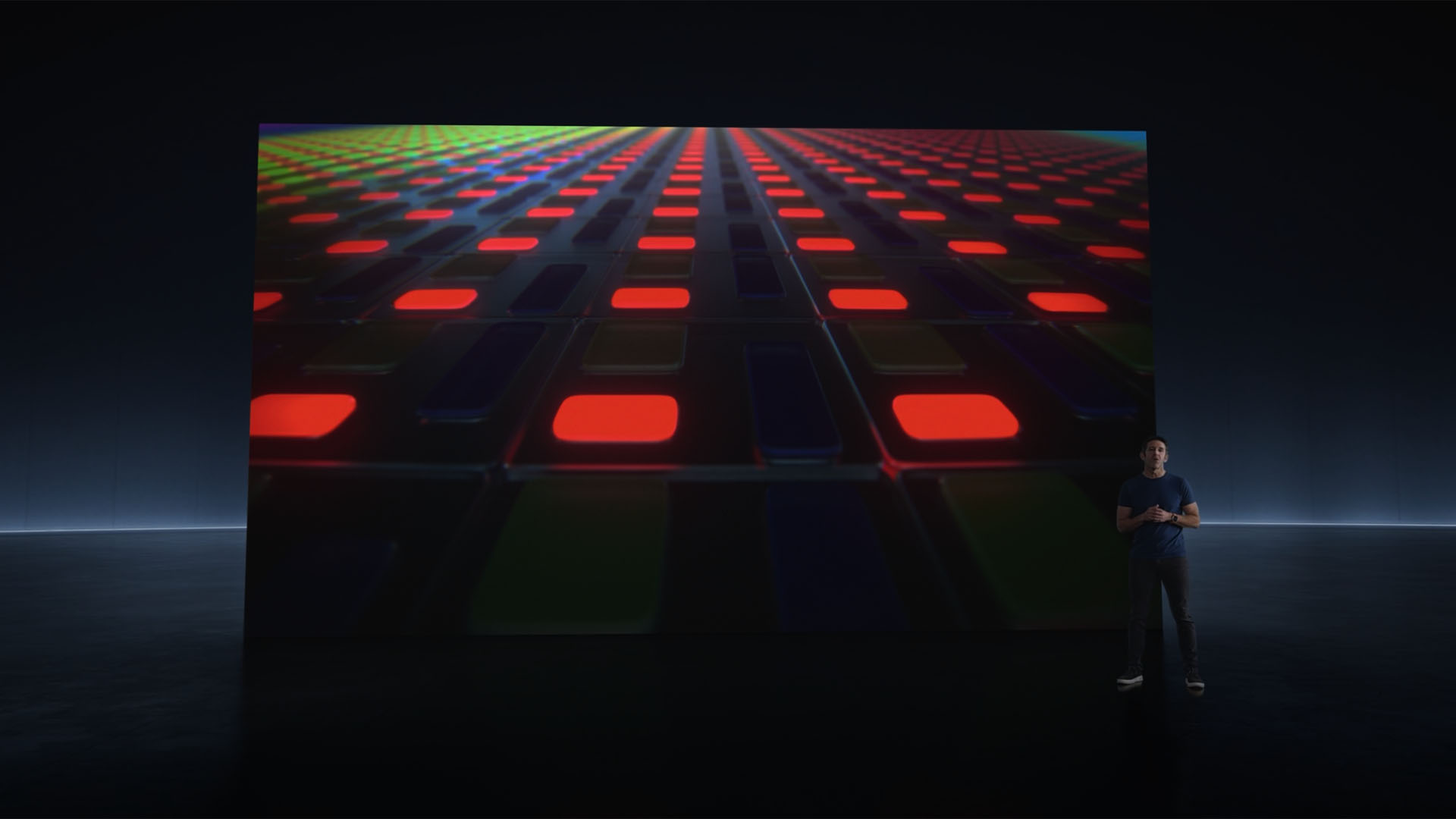
Screen tech sees the most pronounced change in these two generations of iPad Pro. The 2022 iPad Pro 12.9 has an ultra-bright mini LED screen, and the 11-inch version a far more conventional IPS LCD.
Both sizes of the 2024 iPad Pro have an OLED display. And it is no conventional OLED.
This is a kind of OLED that sounds like it shouldn’t make sense. It’s effectively two OLED panels stacked together in order to dramatically increase brightness.
Apple had to do this because of the ridiculous feats of brightness it showed off in the first mini LED MacBooks and iPad Pros in 2021. These can reach 1600-nit brightness with HDR content, or 1000 nits with normal content.
A good OLED laptop or tablet will typically only hit around 500-600 nits max. Apple couldn’t replace its 1600-nit monsters with that, hence the new “tandem OLED” design with double the OLED goodness. Apple calls it the Ultra Retina XDR display.
Granted, the 2022 iPad 12.9 may still be slightly brighter when displaying a full frame of white HDR. But the combo of OLED contrast matched with unusually high brightness makes the OLED switch a clear win for us iPad fans.
For those not au fait with the tech, OLED panels have pixels that are their own light source, enabling basically perfect black levels in the right conditions. The iPad Pro 11 from 2022 has a universal backlight, severely limiting contrast.
Meanwhile, one of the core benefits of the mini LED iPad Pro 12.9 is it uses around 2500 clusters of backlight LEDs that can be controlled independently.
The idea was to provide a "best of both" mix of high-end LCD brightness and OLED punch. However, you still get a bit of blooming, where you can see a sort of halo effect around bright objects that sit on a darker background.
This will disappear in the OLED iPad Pro.
Screen resolutions and sizes are just fractionally different. The new 13-inch iPad Pro has 2752x2064 pixels to its name, compared to the last-gen's 2732x2048. These are both 264ppi screens, meaning that slight jump in figures equates to a slight jump in real screen size.
The 11-inch iPad Pro, though, seems to get slightly longer or taller this time around, with a resolution of 2420x1668 compared to the old 2388x1668 res.
Also new for the 2024 iPad Pro line, buyers of the 1TB and 2TB variants can pay an extra $100 to get a textured glass screen. This will make reflections much less apparent, handy if you’ll use your iPad outdoors a lot. But for general use, we’d probably recommend sticking to the standard glossy style.
Camera
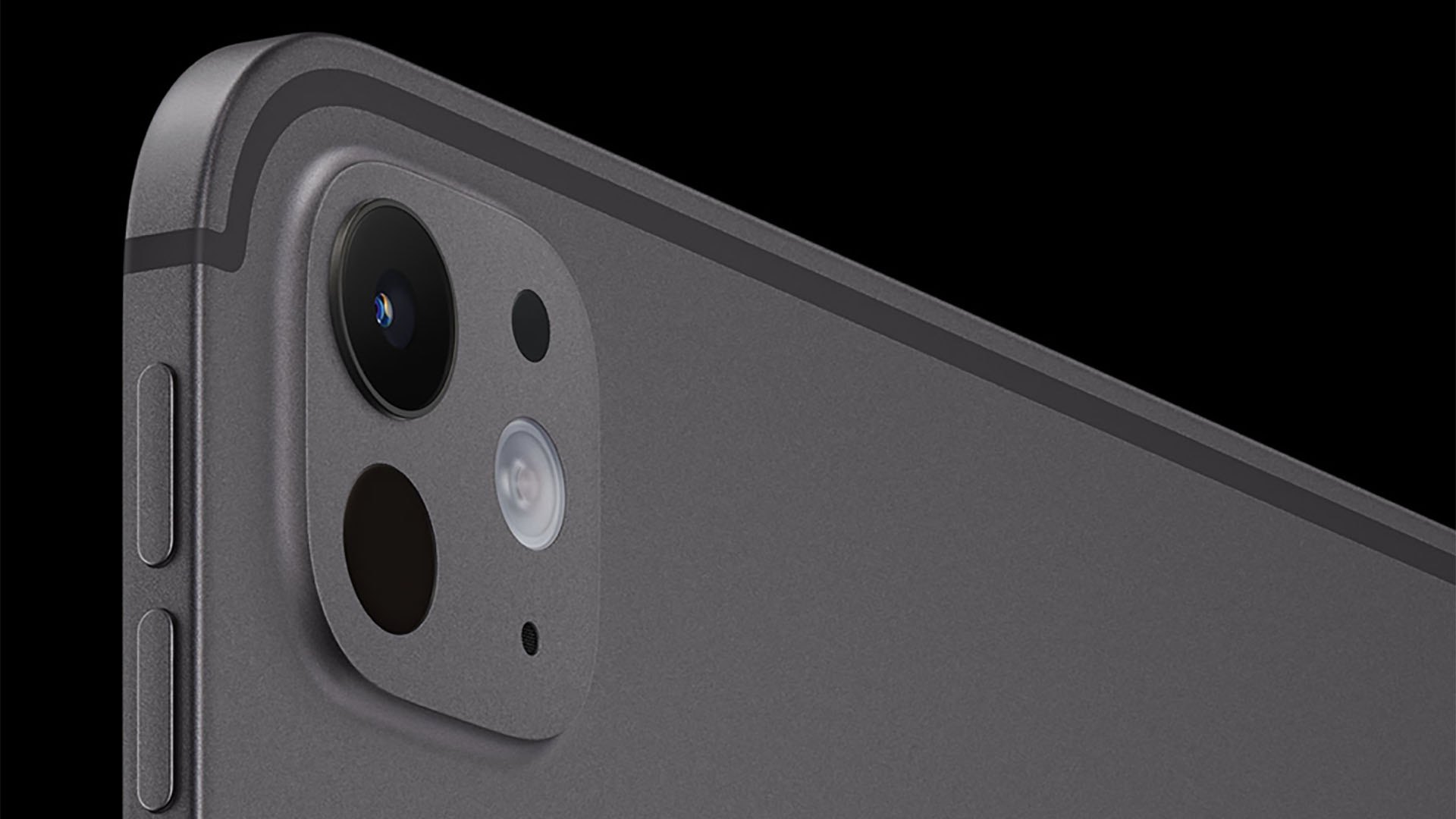
Now here’s a rarity. The 2022 iPad Pros have a clear benefit over the class of 2024. They have a 10-megapixel ultra-wide camera, missing in the newer models.
This may have been an effort to keep pricing sensible, no doubt informed by intel on how much people actually use the secondary cameras on their iPads.
That’s the end of the older version’s obvious benefits, though. All four tablets have a 12-megapixel rear camera with an f/1.8 lens and LIDAR depth sensor focus aid. And a 12-megapixel camera with an f/2.4 lens sits up front.
Precisely where that front camera sits has changed, though. The iPad Pro class of 2022 has a portrait-arranged camera, meaning the tablet has to be held upright for your face to appear in the right spot on-screen when chatting over video.
Both the 11-inch and 12.9-inch iPad Pros of 2024 take the landscape approach, more like a laptop. It makes a lot of sense in a large tablet like this that will often be held in two hands.
Colors
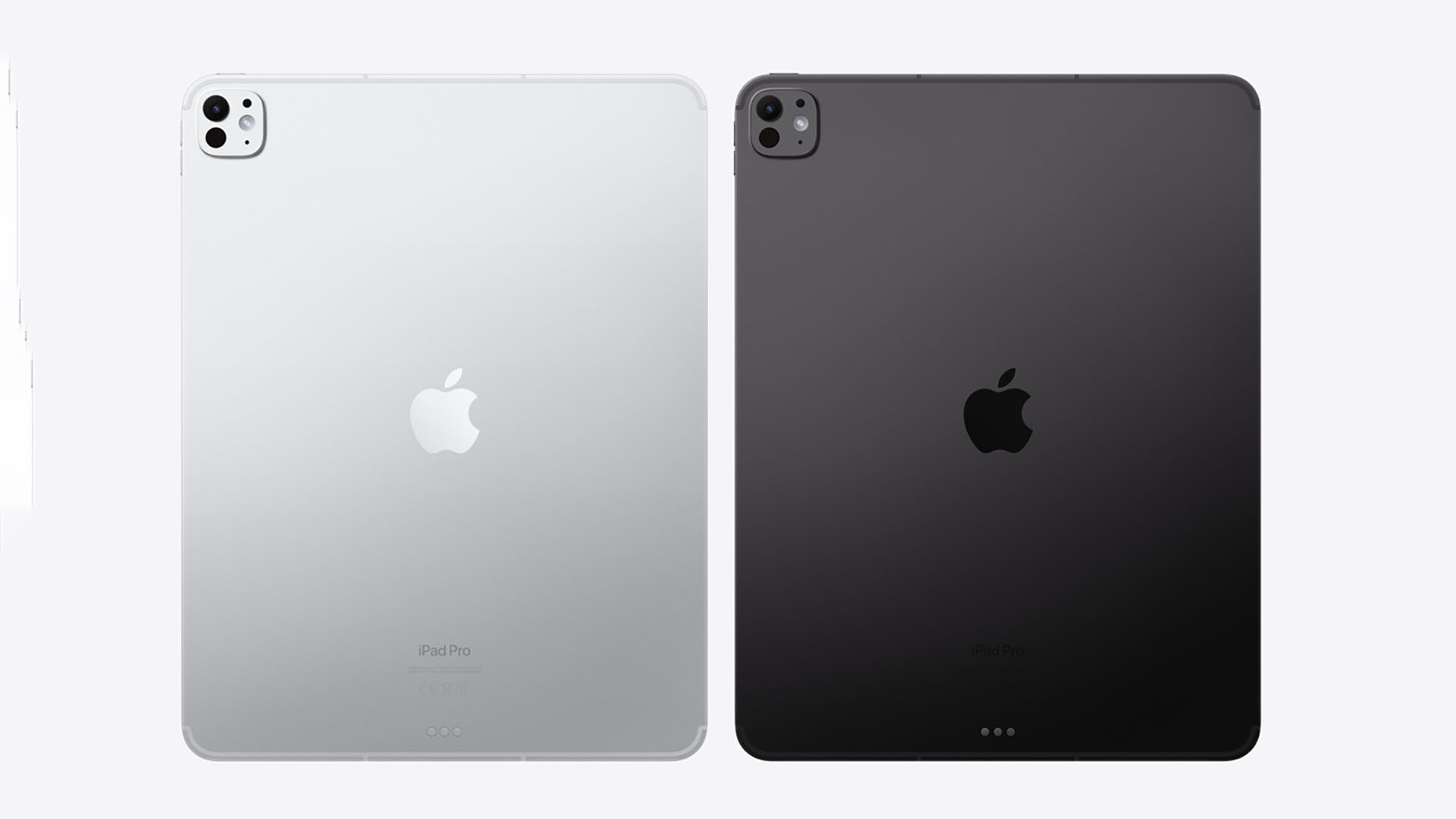
There’s just a slight change in the finish line-up for the 2024 iPad Pros. And we still don’t get any “fun” colors.
The tablets come in Space Black or Silver finishes. 2022 models came in Silver or Space Grey. The dark option has become even darker, in other words.
Accessories
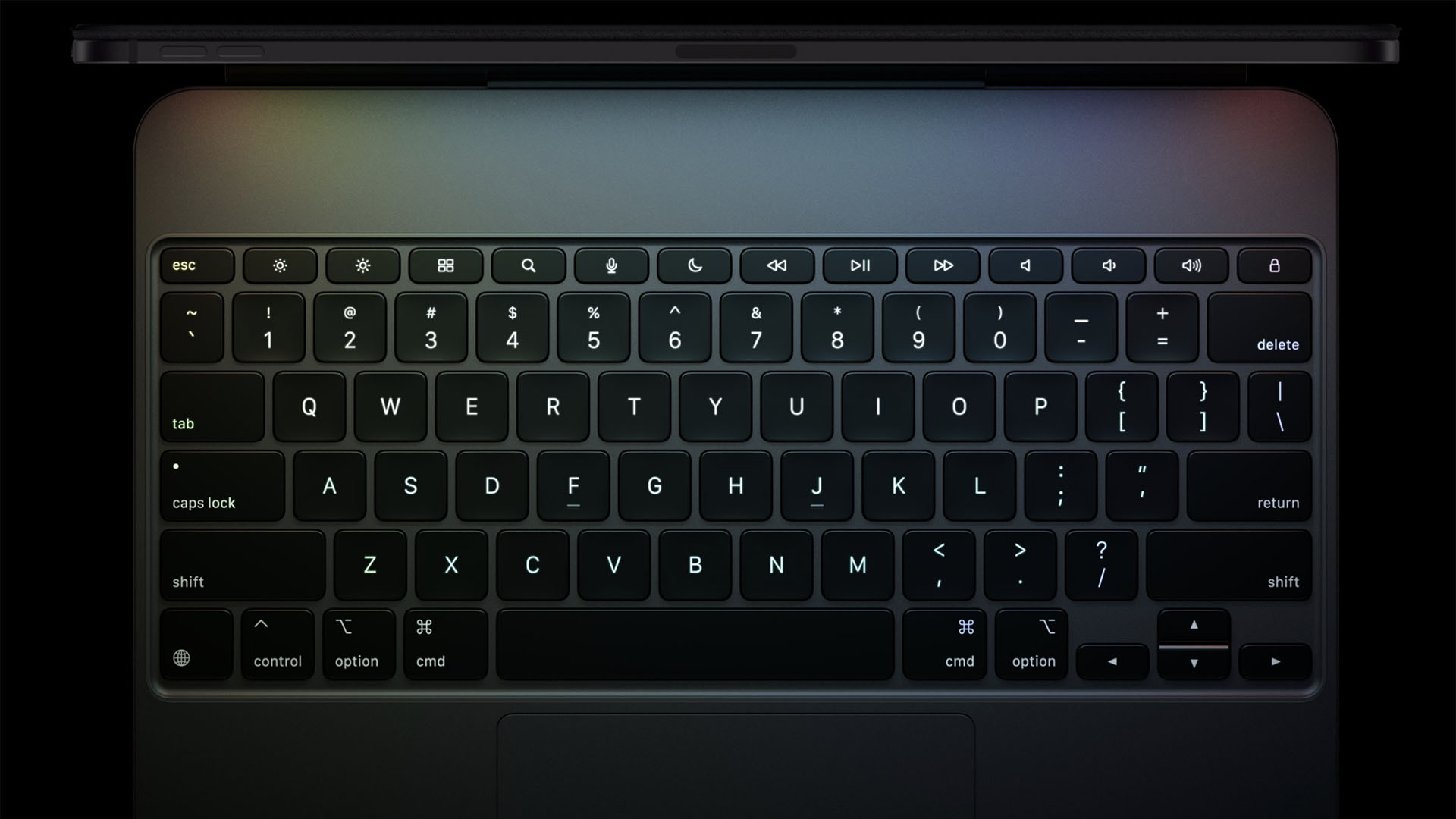
There are two important accessory upgrades for this generation. 2022 iPad Pros support the 2nd Generation Apple Pencil. The 2024 troupe uses the new Pencil Pro instead.
It has a bunch of new features. There’s Find My support, to make tracking the thing down much easier. It also has “barrel roll” sensing, which lets turning the pen between your fingers turn into a gesture.
It’s used in Procreate, for example, to smoothly transition between the thin and thick sides of a brush. Digital painting becomes all the more natural, and we’ll no doubt see other creative uses for this stylus move going forward too.
The Pencil Pro also supports squeeze gestures. You can pinch at the pen’s barrel, the equivalent of clicking a mouse button. There's haptic feedback to tell you when this gesture has been recognized too.
As usual, there’s no choice of pens here. The generation determines which Pencil you can use — bad news for 2022 iPad Pro owners who like the sound of the Pencil Pro.
Apple has also redesigned the Magic Keyboard. It’s clearly intended to get us closer to the feel of the MacBook keyboard.
The touchpad is larger, and its haptic feedback has been improved according to Apple. A row of function keys also joins the main set of keys, for better control over system functions. It makes you wonder: is iPad OS about to get more MacOS-like features? Fingers crossed.
Should you upgrade?
The most compelling upgrade here is from the 11-inch iPad Pro 2022 to one of the 2024 models.
A jump from a standard brightness IPS LCD screen to a supernova OLED? That’s going to be quite a jump.
Owners of a 12.9-inch 2022 iPad Pro may want to hold off unless they find they are consistently turned off by the slight halo effect of the mini LED screen. iPad Pros don't come cheap, and there's plenty left in the last-generation's Apple M2 processor's tank.







